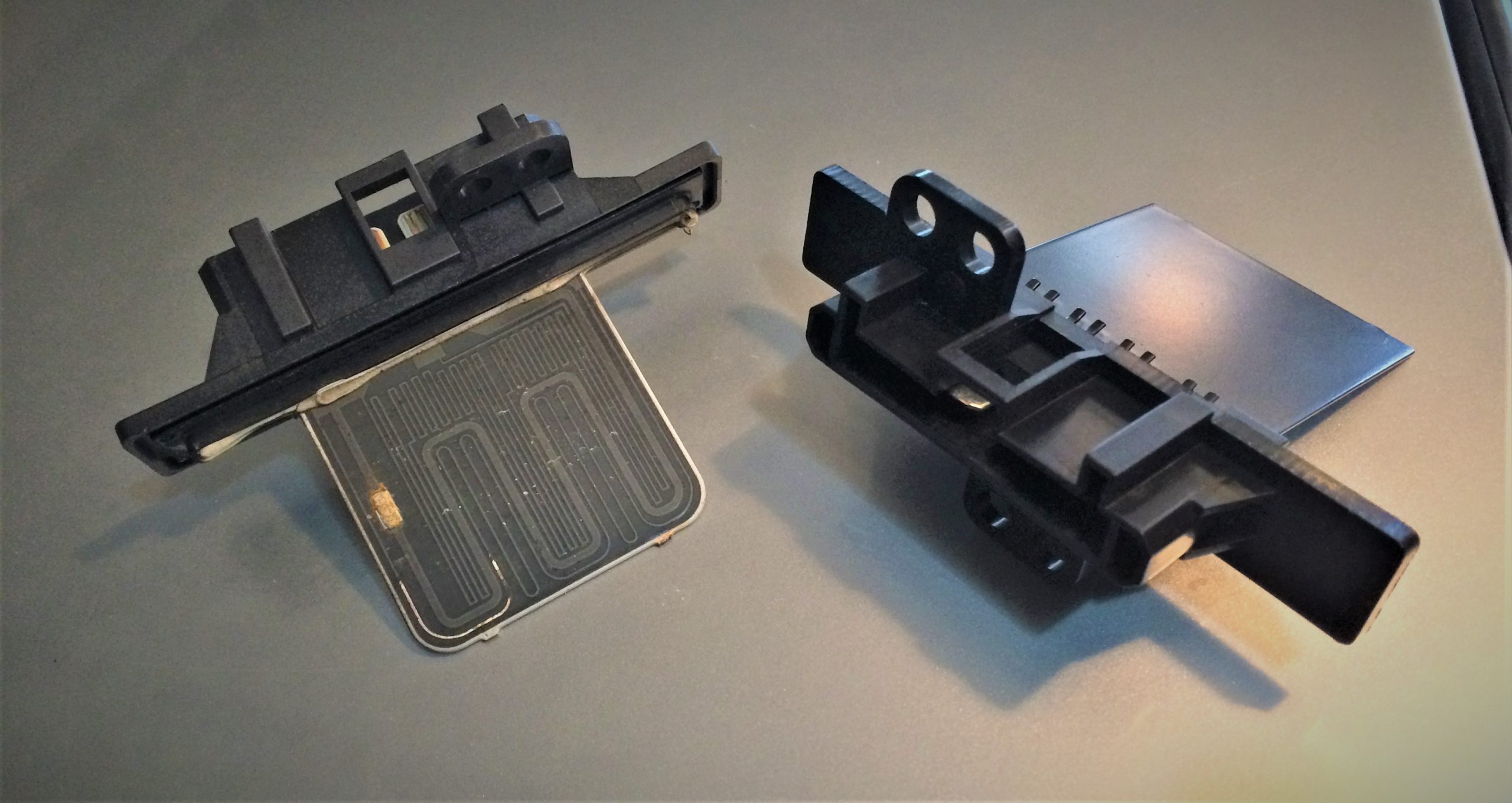As an Amazon Associate, I earn from qualifying purchases at no extra cost to you.
What to Do If the Blower Motor is Not Working on Any Speed
If the blower motor is not working on any speed, first check the fuse and relay to ensure they are not blown or defective. Then, inspect the blower motor itself for any signs of damage or wear.
Having a properly functioning blower motor is essential for maintaining a comfortable temperature inside your vehicle. When the blower motor fails to work on any speed setting, it can be frustrating and uncomfortable, especially during extreme weather conditions. We’ll discuss the common reasons why the blower motor may not be working and provide some troubleshooting steps to help you address the issue.
By following these guidelines, you can diagnose and potentially resolve the problem with your blower motor, ensuring a more pleasant driving experience.
Check The Fuse
Check the Fuse: If your blower motor is not working on any speed, the first thing to inspect is the fuse.
Inspect The Fuse:
1. Turn off the vehicle and open the fuse box.
2. Locate the fuse for the blower motor.
3. Check the fuse visually for any signs of damage or a blown filament.
Replace The Fuse:
- 1. Identify the correct amperage of the fuse needed for the blower motor.
- 2. Remove the faulty fuse carefully using a fuse puller or needle-nose pliers.
- 3. Insert the new fuse of the same amperage into the corresponding slot.
- 4. Close the fuse box securely and start the vehicle to test the blower motor.

Credit: www.reddit.com
Check The Relay
If your blower motor is not working on any speed, the relay is one of the components you should inspect. A faulty relay can prevent the blower motor from functioning correctly. Follow these steps to determine if the relay needs to be replaced.
Locate The Blower Motor Relay
To begin, you’ll need to locate the blower motor relay in your vehicle. The relay is typically found in the fuse box under the hood or inside the car, depending on the make and model. Consult your vehicle’s manual for the exact location of the blower motor relay.
Test The Relay
Once you’ve located the relay, you can test it to determine if it’s the source of the problem. Use a multimeter to check for continuity or connectivity across the relay’s terminals. If the relay fails the test, it’s likely the cause of the blower motor issue and should be replaced with a new one.
Also Read: Locating the Wheel Lock Key
Inspect The Wiring
When the blower motor in your vehicle is not working on any speed, one of the key areas to inspect is the wiring. Faulty or damaged wiring can cause issues with the blower motor, leading to a lack of airflow and potential discomfort while driving. Here is what to do when you suspect an issue with the wiring related to the blower motor:
Check For Loose Connections
Loose connections can disrupt the flow of electricity, leading to malfunctions in the blower motor. Ensure all wiring connections related to the blower motor are securely fastened and free from any signs of looseness. Check both the power and ground connections to eliminate any potential issues caused by loose wiring.
Look For Damaged Wires
Damaged wiring can impede the proper functioning of the blower motor. Look for any visual signs of frayed, torn, or burnt wires that may be adversely affecting the circuit. Pay close attention to the wiring harness and the area around the blower motor for any visible damage that may require repair or replacement.
Credit: www.subaruxvforum.com
Test The Resistor
If the blower motor fails to work at any speed, check the resistor. The resistor regulates blower motor speed. Inspect and test the resistor for functionality to resolve the issue.
Locate The Blower Motor Resistor
The blower motor resistor is a small component typically located near the blower motor itself.
Check The Resistor For Continuity
To check the resistor, ensure the vehicle is turned off and the wiring connectors are disconnected.
Use a multimeter to test for continuity across each terminal of the resistor. If there is no continuity, the resistor is faulty.
Replace The Blower Motor
If the blower motor is not working on any speed, the first step is to replace the blower motor. Check for any signs of damage or wear on the motor and the wiring connections. Consult the vehicle’s manual or seek professional help to ensure the correct replacement procedure is followed.
If you find that the blower motor in your vehicle is not working on any speed, it is likely that you will need to replace it. The blower motor is responsible for pushing air into the cabin of your car, ensuring that the air conditioning and heating systems work effectively. Without a functioning blower motor, you won’t be able to regulate the temperature inside your vehicle, which can make for an uncomfortable driving experience. Fortunately, replacing the blower motor is a relatively straightforward process that you can tackle yourself with a few simple tools and some basic knowledge. In this guide, we’ll walk you through the steps to remove the old blower motor and install a new one, restoring the functionality of your vehicle’s HVAC system.Remove The Old Blower Motor
To start the process of replacing the blower motor, you’ll first need to locate it. In most vehicles, the blower motor is located underneath the dashboard on the passenger side. Once you’ve found the blower motor, the next step is to disconnect the electrical connectors and any mounting screws or bolts that secure it in place. Make sure to keep track of the screws or bolts, as you will need them later when installing the new blower motor. Once everything is disconnected, you can gently pull the old blower motor out of its housing, being careful not to damage any surrounding components.Install The New Blower Motor
Now that you have removed the old blower motor, it’s time to install the new one. Start by aligning the new blower motor with the housing and gently inserting it until it sits securely. Next, reattach the mounting screws or bolts to hold the new blower motor in place. Once the blower motor is secure, you can reconnect the electrical connectors, ensuring that they are properly seated. Take a moment to double-check all connections and make sure everything is securely in place. Finally, test the new blower motor by turning on your vehicle’s HVAC system and adjusting the fan speed. If the blower motor is working properly on all speeds, congratulations! You have successfully replaced the blower motor in your vehicle. Enjoy the comfort of a fully functional HVAC system once again.Seek Professional Help
Ensure immediate attention by consulting a professional if the blower motor fails to function on any speed. Prompt expert intervention is key to diagnosing and resolving this issue efficiently, restoring your vehicle’s ventilation system to optimal performance.
If you’ve tried all the troubleshooting steps mentioned above and the blower motor is still not working on any speed, it is time to seek professional help. Attempting to fix the issue on your own may lead to further damage or potential safety hazards. Consulting an HVAC technician will ensure a proper diagnosis and repair of the blower motor. Below, we’ll discuss why consulting an HVAC technician is important and how they can provide expert diagnosis and repair.Consult An Hvac Technician
Contacting an HVAC technician is crucial when dealing with a blower motor that isn’t working. These professionals have the necessary expertise and experience to troubleshoot and resolve issues related to heating, ventilation, and air conditioning systems. Attempting to fix electrical components like blower motors without proper knowledge can lead to personal injury or damage to the equipment. Therefore, it is best to rely on their assistance for a safe and efficient repair.Get Expert Diagnosis And Repair
HVAC technicians are well-trained to diagnose problems with blower motors. Upon inspecting the system, they will be able to identify the root cause of the issue. Whether it’s a faulty motor, wiring problem, or a malfunctioning control board, they have the expertise to pinpoint the exact problem and provide an effective solution.Once the issue is diagnosed, the technician will proceed with the necessary repairs. They will replace any damaged components, fix loose connections, or perform any other repair procedures required to get your blower motor up and running again. Their expertise ensures that the repair is completed accurately, reducing the chances of recurring issues in the future.It’s important to note that HVAC technicians often carry specialized tools and diagnostic equipment to assist in the repair process. These tools allow them to quickly and accurately identify issues that may not be visible to an untrained eye. By relying on their expertise and equipment, you can have peace of mind knowing that your blower motor will be repaired properly.In conclusion, seeking professional help from an HVAC technician is crucial if your blower motor is not working on any speed. Their expertise and experience will ensure a safe and effective diagnosis and repair process. Contacting a professional will save you time and minimize the risk of causing further damage to your system.
Credit: www.onallcylinders.com
Conclusion
If your blower motor isn’t working on any speed, troubleshooting the issue is crucial. Remember to check the fuse, relay, and wiring connections. Seek professional help if needed, and don’t delay resolving the problem for optimal comfort in your vehicle.
Regular maintenance can prevent future blower motor issues.


